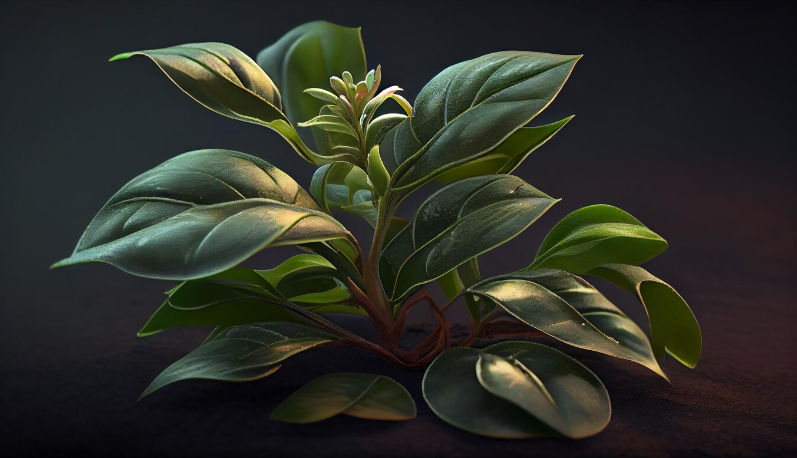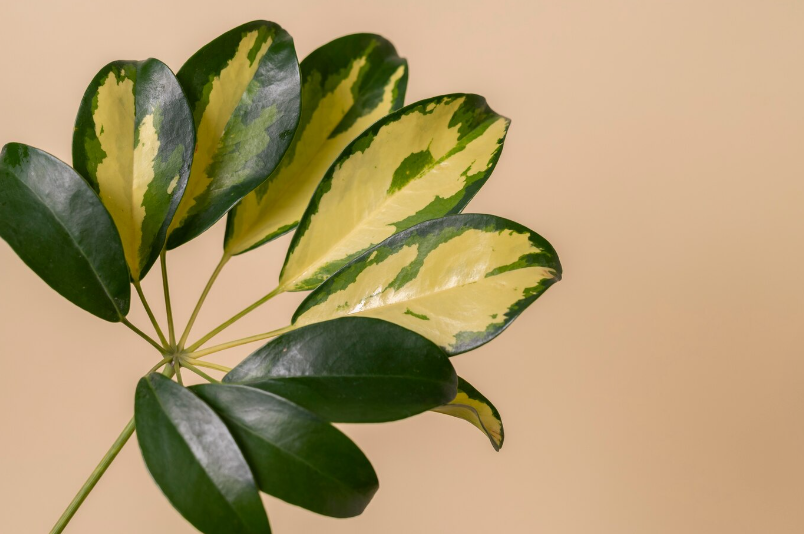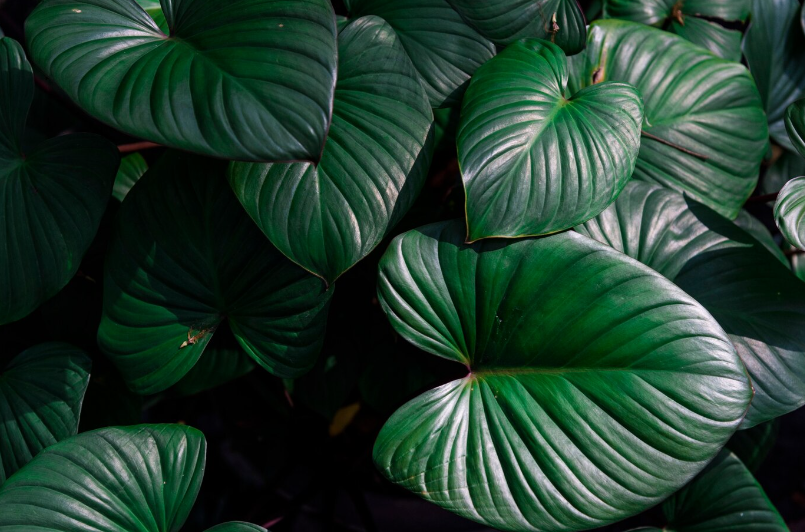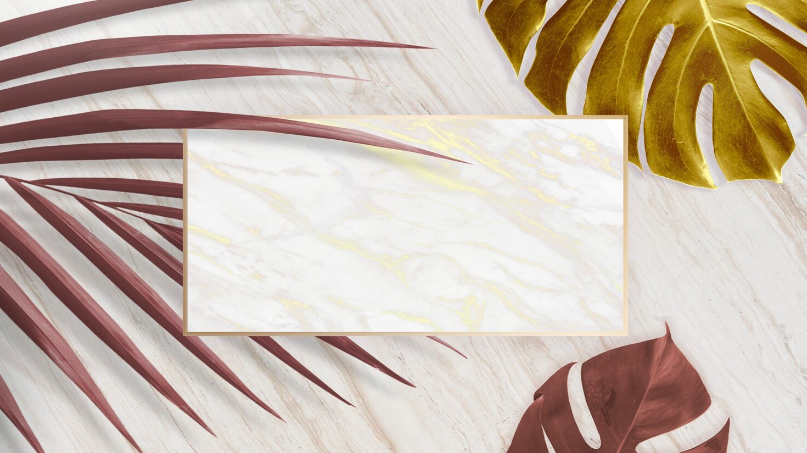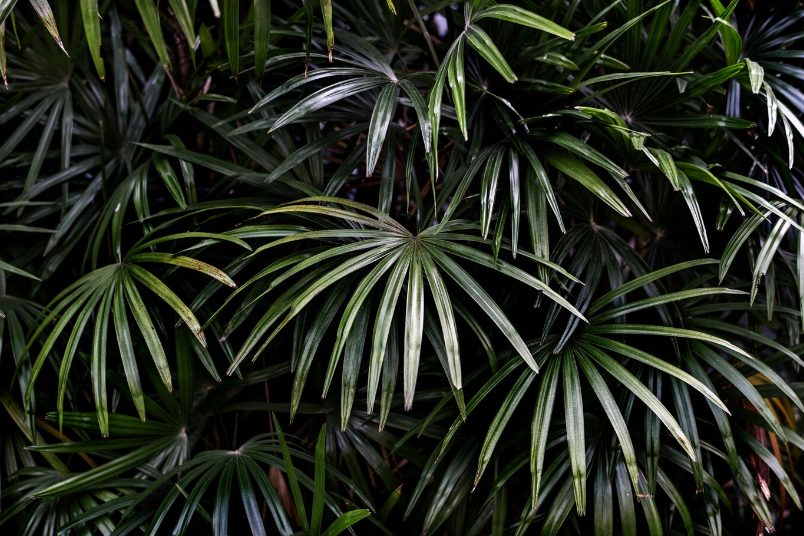Discover the Enchanting Philodendron Snowdrift – An In-depth Look at This Exceptionally Rare Plant
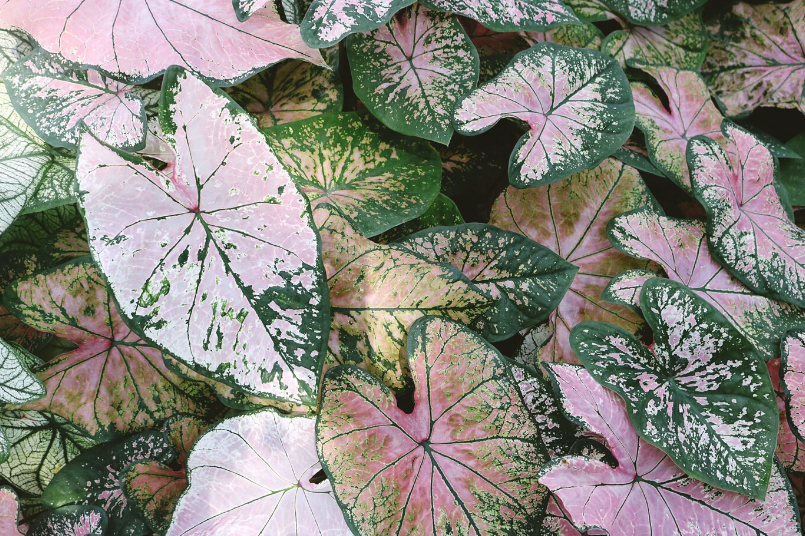
The philodendron snowdrift is a stunning houseplant that has gained popularity among indoor gardening enthusiasts. Its unique leaf pattern and vibrant snow-white color make it a standout addition to any home or office space. With its graceful cascading vines and lush foliage, the snowdrift variety of philodendron is a true beauty that is sure to captivate any plant lover.
Known for its ability to thrive in low-light conditions, the philodendron snowdrift is a perfect choice for those with limited access to sunlight. Its deep green leaves are highlighted by bright white veins, creating an eye-catching contrast that is simply breathtaking. Whether placed in a hanging basket or on a shelf, this plant is sure to add a touch of elegance to any space.
Caring for a philodendron snowdrift is relatively easy, making it an ideal choice for both beginner and experienced plant owners. This plant thrives in well-draining soil and prefers to be watered when the top inch of soil feels dry. Regular misting and periodic fertilization will help maintain the health and beauty of the snowdrift leaves, ensuring they remain vibrant and full.
Characteristics of Philodendron Snowdrift
Philodendron Snowdrift is a beautiful plant popularly grown as a houseplant due to its stunning features and ease of care. With its unique leaves and elegant appearance, it adds a touch of natural beauty to any indoor space.
Leaf Characteristics
The leaves of Philodendron Snowdrift are the highlight of this plant. They are large, heart-shaped, and glossy, with a prominent white variegation that resembles snowflakes. The white veining creates an eye-catching contrast against the deep green background. Each leaf can reach a length of up to 12 inches, making it a statement piece in any room.
Growth and Size
Philodendron Snowdrift is a moderate grower and can reach a height of 2 to 3 feet when mature. Its growth habit is upright, allowing it to fit well in various spaces, including shelves, desks, or corners. The plant develops a dense foliage that adds volume and a lush appearance to its overall presence.
As a bushy plant, the Snowdrift variety tends to have a wider spread, so it’s recommended to provide ample space for it to grow and display its full beauty.
Care Requirements
Just like its other philodendron counterparts, Snowdrift is an easy-to-care-for plant that can thrive in a wide range of environments. It prefers well-draining soil and bright, indirect light. It can tolerate lower light conditions, although this may slow down its growth.
Watering the plant when the top inch of soil feels dry is generally sufficient. Overwatering can lead to root rot and other issues, so it’s important to avoid letting the plant sit in standing water.
Regular feeding with a balanced liquid fertilizer during the growing season can help promote healthy growth and maintain the vibrant coloration of its leaves.
Overall, Philodendron Snowdrift is a stunning houseplant that offers a unique mix of elegance and natural beauty, making it an ideal addition to any indoor space. With the right care and attention, this plant can thrive and continue to captivate with its mesmerizing leaf patterns.
Natural Habitat of Philodendron Snowdrift
The Philodendron Snowdrift is a rare plant that is native to the tropical rainforests of South America. It is a popular indoor houseplant due to its unique beauty and striking leaf patterns.
In its natural habitat, the Philodendron Snowdrift thrives in the warm and humid conditions of the rainforest. It can often be found growing on the forest floor or climbing the trees, thanks to its aerial roots. These roots help the plant to absorb water and nutrients from its surroundings.
The Philodendron Snowdrift is well-adapted to low-light conditions, which makes it an excellent choice for indoor cultivation. However, it can also tolerate brighter indirect light, making it a versatile houseplant.
This plant is known for its large, glossy leaves that have a unique snow-like pattern. The leaves are usually heart-shaped and can grow up to 8 inches in length, creating a lush and tropical look. The foliage color ranges from deep green to shades of silver and white, depending on the maturity of the plant.
When properly cared for, the Philodendron Snowdrift can become a stunning focal point in any indoor space. It requires regular watering to keep the soil moist, but it’s important to avoid overwatering, as it can lead to root rot.
To maintain the plant’s beauty, it’s important to provide it with a well-draining soil mix that retains moisture while allowing excess water to drain. Fertilizing the plant every few weeks during the growing season can also help promote healthy growth and vibrant foliage.
In conclusion, the Philodendron Snowdrift is a rare and beautiful plant that originates from the tropical rainforests of South America. Its natural habitat provides the perfect conditions for it to thrive, and with proper care, it can bring a touch of exotic beauty to any indoor space.
Soil and Light Requirements for Philodendron Snowdrift
Philodendron Snowdrift is a rare and beautiful plant that is highly sought after by houseplant enthusiasts. In order to ensure its healthy growth and vibrant foliage, it is important to provide the right soil and light conditions for this unique philodendron variety.
Soil Requirements
Philodendron Snowdrift prefers well-draining soil that is rich in organic matter. A mixture of peat moss, perlite, and potting soil is often recommended for this plant. This type of soil will retain enough moisture for the philodendron’s roots while also preventing waterlogging, which can lead to root rot.
When repotting your philodendron, make sure to choose a pot that has drainage holes to allow excess water to escape. This will help maintain the optimal soil moisture level.
Light Requirements
Philodendron Snowdrift thrives in bright, indirect light. It should be placed in a location where it can receive filtered sunlight or in a spot that is a few feet away from a bright, sunny window. Direct sunlight can scorch the leaves of this plant, so it is important to protect it from intense sunlight.
If your philodendron is not receiving enough light, you may notice that its growth slows down and its leaves become pale. On the other hand, if it is exposed to too much light, its leaves may turn yellow or brown and develop sunburn spots.
It is recommended to rotate your philodendron regularly to ensure that all sides of the plant receive equal light exposure. This will help maintain a symmetrical and balanced growth.
Overall, providing the right soil and light conditions is crucial for the health and beauty of Philodendron Snowdrift. By following these guidelines, you can enjoy this rare philodendron as a stunning addition to your indoor plant collection.
Watering and Humidity for Philodendron Snowdrift
As with any plant, proper watering is crucial for the health and well-being of your Philodendron Snowdrift. This rare indoor beauty requires a careful balance of moisture to thrive.
Watering
When it comes to watering your Philodendron Snowdrift, it is important to strike the right balance. Overwatering can lead to root rot and other issues, while underwatering can cause the leaves to wilt and dry out.
A good rule of thumb is to wait until the top inch of soil feels dry before watering again. This will prevent overwatering and promote healthy root growth. Use a well-draining potting mix to ensure excess water can escape easily.
It is also important to water your Philodendron Snowdrift thoroughly. Aim to fully saturate the soil during each watering session, allowing the water to penetrate to the root system. However, avoid letting the plant sit in standing water, as this can lead to root rot.
Humidity
Philodendron Snowdrifts thrive in humid environments, as they are native to tropical regions. To create the ideal humidity level for your indoor plant, you can use a humidifier or place the pot on top of a tray filled with water and pebbles.
If the air in your home is particularly dry, you can also mist the leaves of your Philodendron Snowdrift with water. This will provide some additional moisture and mimic the humid conditions it prefers.
However, be cautious not to overdo it with humidity. Excessive moisture can encourage the growth of mold and mildew, which can be detrimental to the health of your plant. Keep a close eye on the moisture levels and adjust accordingly.
In conclusion, proper watering and humidity are essential for the well-being of your Philodendron Snowdrift. By following these guidelines, you can ensure that your rare indoor beauty remains healthy and continues to showcase its stunning foliage.
Propagation of Philodendron Snowdrift
Philodendron Snowdrift, a rare houseplant known for its stunning beauty, is a must-have for any indoor plant enthusiast. With its unique snow-white leaves, this plant adds a touch of elegance to any space. If you are looking to expand your collection or share the beauty of Philodendron Snowdrift with others, propagation is an excellent option.
There are several methods you can use to propagate your Philodendron Snowdrift. One of the most common methods is through stem cuttings. To do this, carefully select a healthy stem and cut a few inches below a node. Make sure to use a clean, sharp knife or pruning shears to make a clean cut. Remove any leaves from the bottom half of the cutting, as these will be buried in the potting mix.
Once you have your cutting, dip the end in a rooting hormone to encourage root growth. Then, place the cutting in a well-draining potting mix and water thoroughly. It is important to keep the soil consistently moist but not soggy. You can cover the cutting with a plastic bag or a clear plastic container to create a greenhouse-like environment that will retain moisture and promote root development.
Another method of propagation is through division. This is best done when your Philodendron Snowdrift has formed multiple root systems or has outgrown its current pot. Gently remove the plant from its pot and carefully separate the roots into smaller sections. Make sure each section has a healthy root system and leaves. Plant each new section in its own pot with fresh potting mix.
Whether you choose to propagate your Philodendron Snowdrift through stem cuttings or division, it is essential to provide the proper care and attention to the new plant. Place it in a bright location away from direct sunlight, as this can scorch the delicate leaves. Maintain a consistent watering schedule and avoid overwatering, as this can lead to root rot.
Propagation allows you to share the beauty of Philodendron Snowdrift with others and expand your collection of this rare and stunning houseplant. With proper care and patience, you can enjoy the beauty of this unique plant for years to come.
Common Pests and Diseases of Philodendron Snowdrift
Despite its beauty, the Philodendron Snowdrift is not immune to pests and diseases. Being a rare plant, it is important to properly care for it and keep an eye out for any signs of trouble.
Pests
One of the common pests that can affect the Snowdrift is the spider mite. These tiny pests can infest the plant’s leaves, sucking the sap and causing them to turn yellow or brown. Regularly inspect the undersides of the leaves for any signs of webbing or tiny moving dots. If infested, treat the plant with an insecticidal soap or spray, making sure to thoroughly cover both sides of the leaves. Repeat the treatment as necessary until the infestation is under control.
Aphids are another pest that can be an issue for the Snowdrift. These small insects can feed on the sap of the plant, causing the leaves to curl or become distorted. Inspect the new growth of the plant for any clusters of tiny insects. To get rid of aphids, you can try using a strong jet of water to wash them off or applying an insecticidal soap. Keep in mind that persistent infestations might require repeated treatments.
Diseases
The Philodendron Snowdrift can also be susceptible to certain diseases, such as root rot. This fungal infection occurs when the plant’s roots are constantly exposed to excessive moisture. Overwatering or poor drainage can contribute to the development of root rot. To prevent this disease, make sure to water the plant only when the top inch of soil feels dry and provide adequate drainage for the pot.
Another disease that can affect the Snowdrift is bacterial blight. This disease manifests as dark brown, water-soaked spots on the leaves, which can eventually lead to leaf discoloration and wilting. To prevent bacterial blight, avoid overhead watering and remove any infected leaves promptly. You can also apply a copper-based fungicide to help control the spread of bacteria.
As with any houseplant, it is important to regularly inspect the Philodendron Snowdrift for any signs of pests or diseases. Taking proactive measures and providing proper care will help keep this rare and beautiful plant thriving in your home.
Pruning and Maintenance of Philodendron Snowdrift
Philodendron Snowdrift is a rare and beautiful houseplant that is known for its unique foliage and indoor adaptability. To keep your Philodendron Snowdrift looking its best, it is important to properly prune and maintain the plant.
Regular pruning is essential for the health and appearance of your Philodendron Snowdrift. This not only helps to control its growth, but also encourages new growth and helps to maintain its shape. Pruning should be done using clean, sharp pruning shears or scissors.
When pruning your Philodendron Snowdrift, it is important to remove any dead or yellowing leaves. These leaves not only detract from the beauty of the plant, but they can also attract pests and disease. Carefully cut the leaf stem as close to the main stem as possible, being careful not to cause any damage to the plant.
In addition to removing dead leaves, you may also need to prune any overgrown branches or stems. Trim these back to a node, which is where a leaf or branch meets the main stem. This will help to promote new growth and keep your Philodendron Snowdrift looking neat and tidy.
Regular maintenance is also important for the health of your Philodendron Snowdrift. This includes providing the plant with proper lighting, watering, and fertilizing. Philodendron Snowdrift prefers bright, indirect light, so place it near a window where it can receive bright, filtered sunlight.
When it comes to watering, it is important to keep the soil evenly moist, but not soggy. Water your Philodendron Snowdrift when the top inch of soil feels dry to the touch. Be sure to use a well-draining potting mix to prevent the roots from becoming waterlogged.
Fertilizing your Philodendron Snowdrift is also important to promote healthy growth. Use a balanced, water-soluble fertilizer once a month during the growing season. Be sure to follow the instructions on the fertilizer package for the correct dosage.
In conclusion, pruning and maintenance are vital for the health and beauty of your Philodendron Snowdrift. Regular pruning helps to control growth and maintain shape, while proper maintenance ensures that the plant receives the necessary light, water, and nutrients it needs to thrive. By following these tips, you can enjoy the beauty of your rare Philodendron Snowdrift for years to come.
Decorative Uses of Philodendron Snowdrift
The Philodendron Snowdrift is a rare and beautiful plant that makes a stunning addition to any indoor space. Its unique combination of vibrant green leaves and delicate white markings creates a striking display that is sure to catch the eye.
1. Houseplant
The Philodendron Snowdrift is well-suited to being a houseplant. Its compact size and low maintenance needs make it perfect for small spaces such as apartments or offices. It can thrive in a variety of lighting conditions, but prefers bright, indirect light. This makes it an ideal choice for areas like living rooms, bedrooms, or even bathrooms.
2. Leaf Decor
The patterned leaves of the Philodendron Snowdrift can be used to add a touch of elegance to any room. Place a few cuttings in a vase or jar filled with water for a simple yet stylish decoration. You can also use the leaves to create unique wall art by framing them or mounting them on a canvas. The possibilities are endless!
| Benefits | Expert Tips |
|---|---|
| ✓ Adds a pop of color to any space | ✓ Keep the plant away from direct sunlight |
| ✓ Enhances the aesthetic appeal of a room | ✓ Water the plant thoroughly but allow it to dry out slightly between waterings |
| ✓ Promotes a calming and peaceful environment | ✓ Fertilize the plant every few months to encourage growth |
| ✓ Improves indoor air quality by removing toxins | ✓ Avoid placing the plant in a drafty area |
Whether you’re a plant enthusiast or just looking to bring a touch of nature indoors, the Philodendron Snowdrift is a perfect choice. Its distinctive foliage and versatile decorative uses make it a standout addition to any home or office. So go ahead and add some beauty and elegance to your space with this rare and captivating houseplant.
Where to Buy Philodendron Snowdrift
If you’re in search of a stunning and unique indoor houseplant, look no further than the Philodendron Snowdrift. This rare plant is known for its exceptional beauty and captivating leaf patterns. Veins of pure white run through the dark green leaves, creating a striking contrast that is sure to make a statement in any space.
When it comes to purchasing a Philodendron Snowdrift, it’s important to find a reputable seller who offers healthy and well-cared-for plants. Here are a few options to consider:
Local Plant Nurseries
Check out your local plant nurseries or garden centers. They often carry a variety of indoor plants, including rare specimens like the Philodendron Snowdrift. Visit their physical stores or check their websites to see if they have this particular plant in stock.
Online Plant Retailers
There are numerous online retailers that specialize in selling indoor plants. These retailers often have a wide selection of rare plants, including the Philodendron Snowdrift. Some popular online plant retailers include:
- Plantify – This online retailer offers a diverse collection of indoor plants. They source their plants from trusted growers to ensure their quality. You can easily browse their website and order a Philodendron Snowdrift to be delivered to your doorstep.
- Leafy Wonders – Leafy Wonders is known for its unique and rare houseplants. They have a dedicated section for Philodendron varieties, and you may be able to find the Snowdrift among their offerings.
- The Green Thumb – This online plant retailer specializes in selling a variety of indoor plants, including the Philodendron Snowdrift. They offer detailed information about each plant and provide care instructions to help you maintain its beauty.
Before making a purchase, make sure to read reviews and check the seller’s reputation. Look for a seller who has positive feedback and is known for providing healthy plants. It’s also a good idea to inquire about their shipping policies and guarantees.
With a bit of patience and research, you can find a Philodendron Snowdrift that will be a stunning addition to your indoor plant collection. Enjoy the beauty of this rare plant and its mesmerizing leaf patterns!
Caring Tips for Philodendron Snowdrift
Philodendron Snowdrift is a rare and stunning indoor plant that can add a touch of beauty to any space. This houseplant is known for its unique and beautiful leaves, which resemble snow on a drift. If you’re lucky enough to have this rare plant, here are some caring tips to ensure its health and growth:
- Light: Philodendron Snowdrift thrives in bright, indirect light. Avoid placing it in direct sunlight as it can scorch its leaves. Keep it near a window where it can receive filtered light.
- Water: It’s important to maintain the right moisture level for your Philodendron Snowdrift. Water it when the top inch of soil feels dry, but be careful not to overwater. Overwatering can lead to root rot and other issues.
- Humidity: This plant loves humidity. Mist the leaves regularly with water or use a humidifier to create the ideal environment for your Philodendron Snowdrift.
- Temperature: The ideal temperature range for this plant is between 65°F (18°C) to 85°F (29°C). Avoid exposing it to extreme temperatures or drafts.
- Fertilizer: Feed your Philodendron Snowdrift with a balanced indoor plant fertilizer every two to four weeks during the growing season (spring and summer). Follow the package instructions for proper dosage.
- Pruning: Trim any yellow or damaged leaves to promote healthy growth. You can also trim leggy stems to encourage bushier growth.
By following these caring tips, you can ensure that your Philodendron Snowdrift remains healthy, vibrant, and a beautiful addition to your indoor plant collection.
Q&A:
What is philodendron snowdrift?
Philodendron Snowdrift is a rare plant known for its unique foliage and beauty. It belongs to the family Araceae and is a cultivar of the popular Philodendron genus.
How do you take care of a philodendron snowdrift?
Taking care of a philodendron snowdrift requires providing it with the right amount of water, light, and temperature. It prefers bright, indirect light and well-draining soil. Water it when the top inch of soil feels dry and keep it away from cold drafts.
Where can I buy a philodendron snowdrift?
Philodendron snowdrift plants can be purchased from various sources. You can check out local plant nurseries, online plant stores, or even search for specialized sellers on social media platforms. Make sure to do some research and read reviews before making a purchase.
Are philodendron snowdrift plants easy to propagate?
Yes, philodendron snowdrift plants are relatively easy to propagate. You can propagate them through stem cuttings or by division. Stem cuttings can be rooted in water or in a well-draining potting mix. Division involves separating the plant into multiple sections with roots and replanting them in separate pots.
